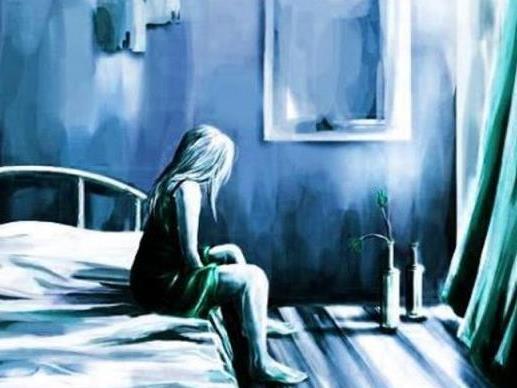The taking of one’s own life is seen by most of us as a tragedy of the greatest proportions. Current statistics surrounding suicide are jaw-droppingly horrendous. According to the World Health Organization and the International Association for Suicide Prevention, one million people die by suicide each year.
Lifeline states that the most recent data (Australian Bureau of Statistics, Causes of Death, 2009) shows that more people die from suicide in Australia than in road related deaths – 6 deaths by suicide a day or one every four hours.
What’s even more frightening is their statement that for every completed suicide, it’s estimated that as many as 30 people attempt to take their own life – 180 attempts per day, more than one new attempted suicide in Australia every 10 minutes.
With statistics such as these, it’s not surprising that actor, Brendan Cowell, ambassador for Suicide Prevention Australia, believes that suicide has reached the proportions of a cultural epidemic. If any glimmer of light and hope can be found in such a nightmare, it’s that a great deal of media attention is being directed towards suicide in our society.
What role can the arts play in helping to stem the tide of suicide? The answer begins with the acknowledgement that the arts are far more than leisure based activities, to be practiced only by an elite, talented few. The arts are also powerful preventative and healing tools.
We speak of ‘the healing arts’ without giving much thought to the natural connection between the two disciplines. The arts and health were closely connected in ancient times and it’s only in relatively recent history that the two have been separated. This split is currently being reevaluated. In 2012, Minister for the Arts, Simon Crean and Minister for Health, Tanya Plibersek, attended the National Arts and Health Policy Forum at Parliament House in Canberra. Part of the rationale for the forum was to demonstrate the depth, breadth and impact of arts and health practice in Australia. One of its central aims was to provide ‘politicians with an easy-to-read map of where arts and health activity is [already] taking place in Australia.’
There is a vast treasure trove of research highlighting the effectiveness of art in dealing with mental health issues. Art therapy in particular, having evolved from a marriage between art and psychology, highlights the power of the arts to enable people in distress to express via art what can’t be expressed in words. The darkness of depression is often the fertile ground for suicidal thoughts – as are the fear-filled emotional states of panic attacks and anxiety.
The actual doing of art, exercising our God-given creative potential, enables us to see more clearly, more deeply – into both ourselves and our own psyches and into life itself, how it operates, how it shifts and moves and changes constantly. One of the very worst manifestations of depression is the conviction that nothing will ever change, that the blackness and total aloneness in a vast sea of night is how it is for you, how it’s always been and how it will always be. And nothing you do can change that. Ever. Who wouldn’t contemplate opting out of life if that were your only reality?
However, once you introduce activities such as art-making, journalling, creative writing into your life, you can’t NOT see change, progress, ups, downs, patterns, texture, all the shades of grey that are counterpoints to the black and white view of life. Art enhances mindfulness and self-reflection. Both enable us to see into and see through that within us which convinces us of our lack of worthiness and makes suicide seem a viable option.
A woman whose husband had died only six weeks previously, came to a workshop I conducted on Creative Expression for Depression/Anxiety. One of the art therapy processes we do is called a Scribble Drawing which is using the non-dominant hand to scribble for a few minutes and then to find a shape, pattern, meaning in the drawing. In doing this process, Linda* was overcome with grief and was totally unable to move the crayon across the page for a minute or so. Speaking about it later, she said that this simple process had enabled her to not only feel but to actually see how frozen and shut-down she was with grief. Being able to finally move the crayon and make a simple line across the page became for her a symbol of that first tiny, difficult step towards healing.
Noted contemporary philosopher, Alain de Botton, states that, ‘The question of what art is for has for too long been needlessly treated as obscure: it is to help us live and die.’ This sense of obscurity and elitism is fed by the use of ‘artspeak’ in the art world and the separation of art from the everyday world we all inhabit. The language of art is the language of symbolism and metaphor with all their multiplicity of meanings and interpretations.
Ian Matthews’ album title, ‘Some Days You Eat The Bear and Some Days The Bear Eats You’ is a delightful example of the power of metaphor. Bringing art out of its needless obscurity and restoring it to its natural place in our world bodes well for how we deal with days on which the bear eats us rather than the other way around.
* – name changed to protect privacy.
Copyright: Karen Adler, 2013
This article is a prelude to a review of No Laughing Matter: Comedy Gala at the Enmore Theatre, Sydney on Sun. 13th October. The Gala is hosted by The Comedy Channel to support the work of Suicide Prevention Australia.





